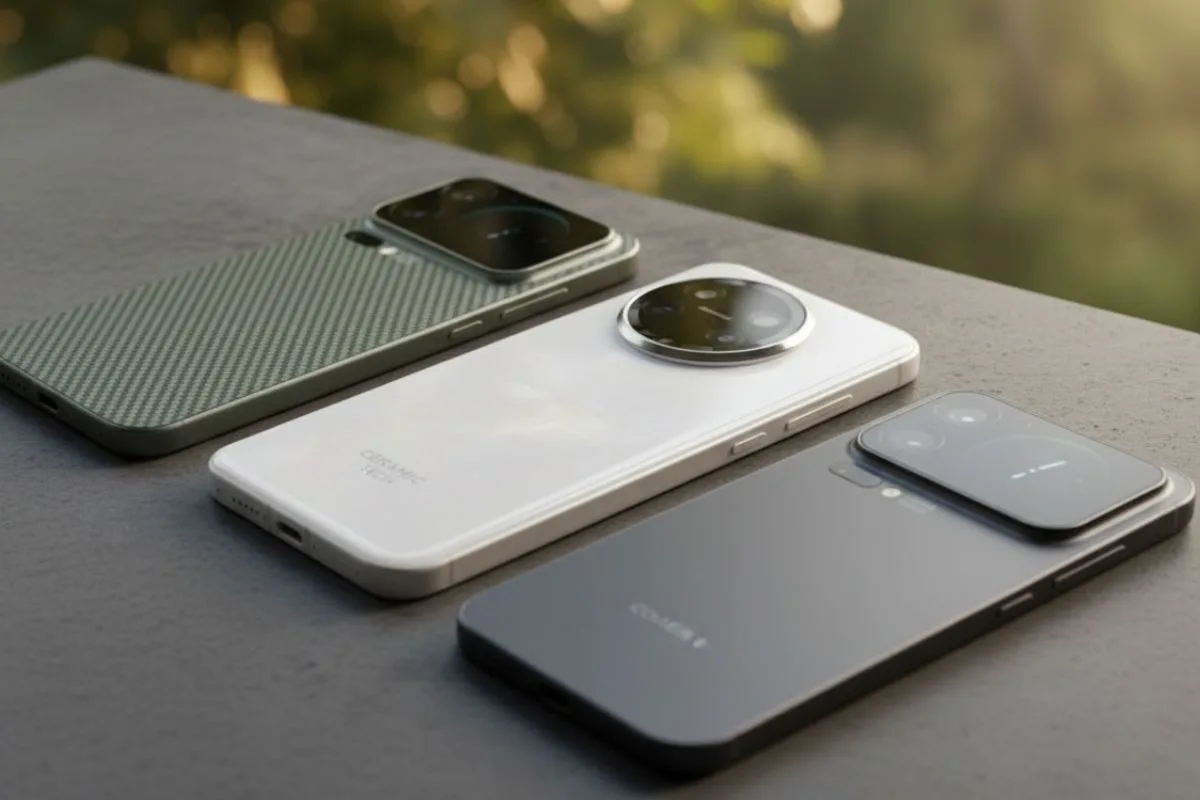Introduction
Manufacturers are experimenting with materials beyond glass and aluminum: ceramic coatings, fiberglass backs and advanced micro-arc oxidation (MAO) frames aim to improve feel, scratch resistance and weight. The OnePlus 15 Sand Storm is a leading example.
Related Article
How phone makers use ceramic, fiberglass and new coatings

- Ceramic and glass-ceramic: Ceramic offers a premium sheen and scratch resistance; it’s heavier but can be more durable than glass and accepts deep polish. Automotive/consumer-product tests show ceramic coatings add long-term protection.
- Fiberglass backs: Fiberglass composites reduce weight while keeping rigidity — OnePlus uses fiberglass for a light, durable rear that avoids the fragility of full glass. This can improve drop resilience and thermal behavior.
- Micro-Arc Oxidation & coatings: MAO and ceramic-like coatings on metal frames increase hardness and abrasion resistance, letting OEMs advertise “3.4x harder than aluminum” claims for certain finishes. Coatings also change grip and fingerprint behavior.
Advertisement
Conclusion
Expect more mixed-material designs: fiberglass for weight savings, ceramic/coatings for premium feel and MAO frames for durability. Buyers who value look + longevity should check materials in spec sheets and hands-on reviews.
Advertisement
Author note: Sourced from OnePlus product notes and material testing coverage; material choice affects repairability and feel, so include it in product roundups.
Advertisements
Advertisement
Advertisement
Advertisement
Advertisement
Advertisement
Advertisement
Advertisement
Advertisement
Advertisement
Advertisement
Advertisement

